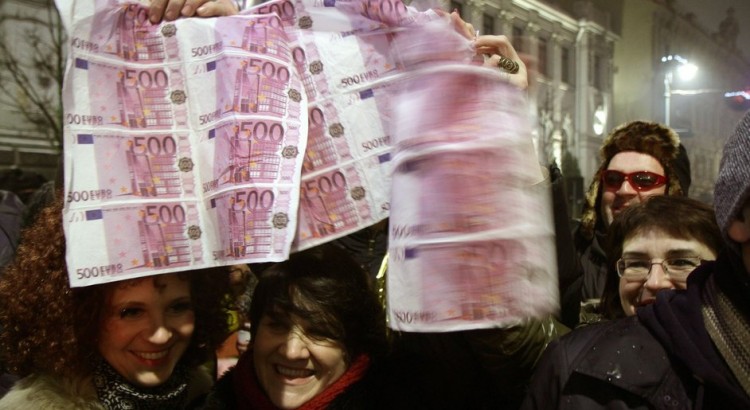Lithuania joined the Euro. Their people made a wise choice. Every Lithuanian will save 3 hours every year not working for their banker.
National currencies are powerful. They give independence to countries. It was powerful to hold the first €10 worth of our family money in Estonian Kroon in ’92. Sometimes it is needed to re-adjust the wealth/poverty of an entire country at once. Like Russia losing 40% of its perceived economic value in the late 2014.
All great things come with a cost. For a national currency you need infrastructure to communicate with the rest of the world. That means currency exchange. The citizens also pay for the risk of misbalance, i.e the optionality that outstanding cross border deals (loans, deposits) are going to be re-adjusted by the future exchange rate.
The Bank of Lithuania estimates that the cost of LTL-EUR exchange and settlements is 0.14% of the country’s GDP. Every Lithuanian has paid $110 to their bank for not joining the Euro since 2007. The total money saved in foreign exchange between 2015-2022 is estimated at $670 million. Add the savings from interest rate margin and government debt management and the benefits go up to $2.1 billion.
To put the 0.14% GDP of the EUR-LTL currency exchange in context – it equates to 3 hours of work for every Lithuanian every year. Only to pay off their banking in national currency. Assume a 40 year average working tenure, it means every person would work 3 full weeks of their life for their banker to do the Euro exchange.
I love work, but I also love other things in life. I am certain that Lithuanians find good use for the time they are no longer working for their Banker.
